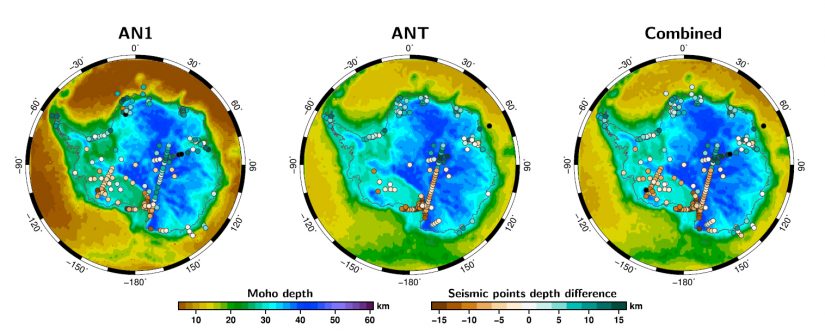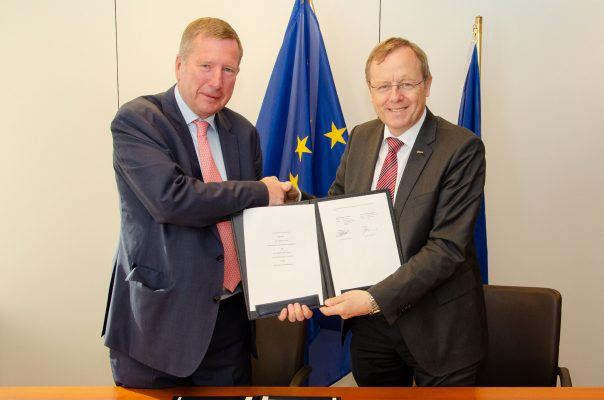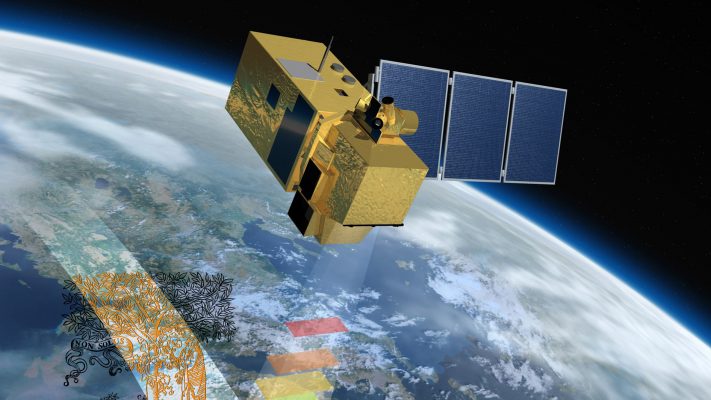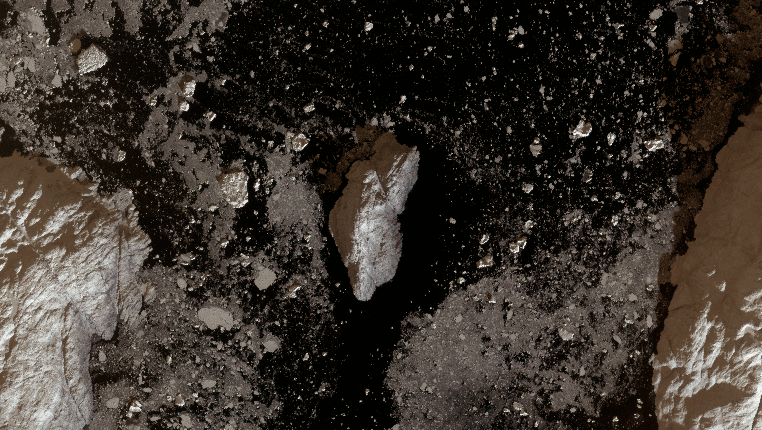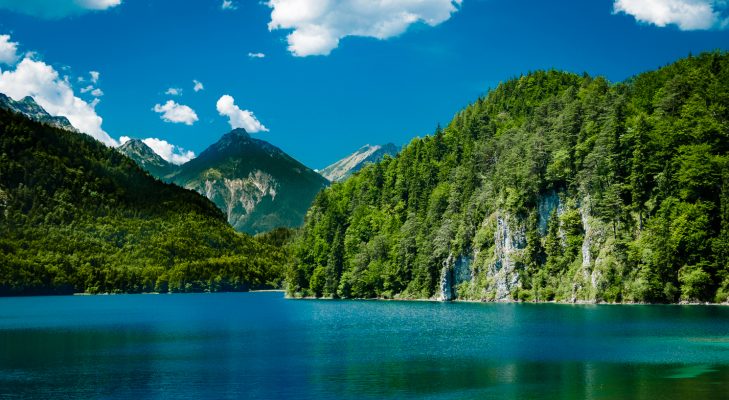Mediterranean: monitoring the full water cycle
Follow the links and find out about the importance of studying the whole water cycle and how this has been tackled in the Mediterranean within a recently published paper presented at the Living Planet Symposium.

